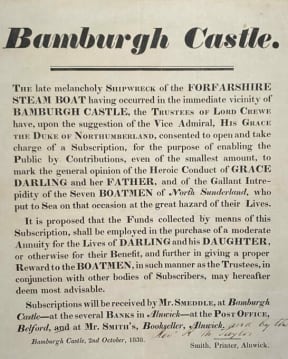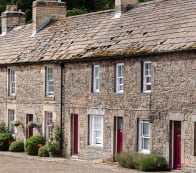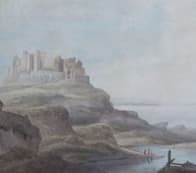History of Seahouses
The lands previously owned by the Monastery of St Oswald at Bamburgh were bought from Henry VIII by John Forster. Elizabeth I then made him Constable of Bamburgh Castle, which was still in ruins since the major siege of 1464 in the Wars of the Roses. James I gave the Castle outright to his successor Sir Claudius Forster. The lands at Thornton, Blanchland and Shotley also came into Forster ownership by marriage.
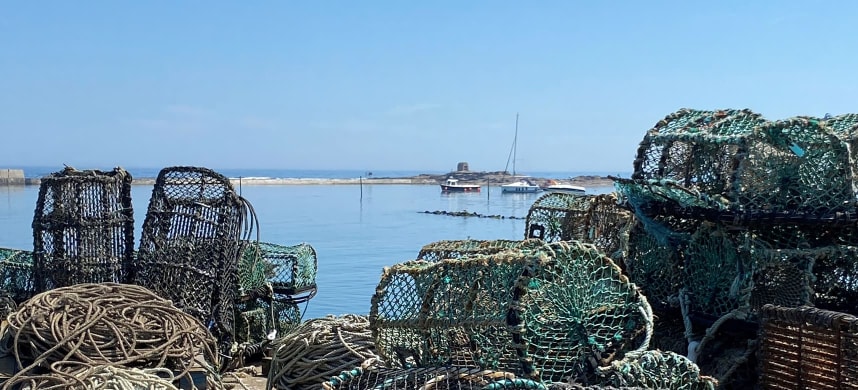
The combination of the lands from the monastery and the castle extended to North Sunderland and Fleetham and remained in the Forster family until sold to Nathaniel, Lord Crewe in 1704 after his marriage to Dorothy Forster in 1700, enabling Dorothy and her brother General Tom Forster to pay off the substantial debts accrued by the beginning of the 18th century.
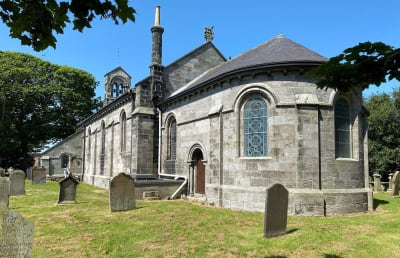
North Sunderland
In 1834 the Charity built a parish church at North Sunderland, on the site of the old Village Pele Tower, carving the new parish out of the existing parish at Bamburgh.
Through the nineteenth century the Charity spent significant sums on North Sunderland harbour, responding to demand from shipmasters, as it was a rare safe haven on the coast and the Trustees wished to build it up as a centre for the growing herring fishery and to enable their farmers to export corn and lime. As the harbour developed, so did residential development at the coast. These ‘Sea Houses’ eventually became the place name, alongside the continuing identity of North Sunderland.
The Darling Family
Many members of the Darling family lived in both Seahouses and Bamburgh. The most famous of these was Grace Darling who put to sea, with her father and boatmen from North Sunderland, to rescue sailors from the Forfarshire after they were shipwrecked on the Farne Islands. Following the heroic rescue, the Trustees of Lord Crewe’s Charity opened a public subscription to provide a suitable reward to those involved.
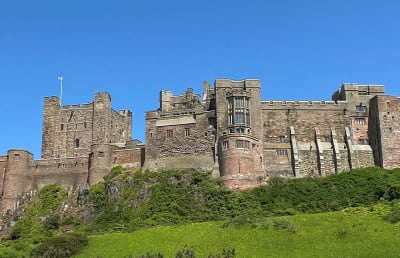
Fortunes of Owning a Castle
When Lord Crewe bought the estates from the Forster family in 1704, the Forsters were unable to afford the Castle’s restoration. Lord Crewe’s Trustees, inspired especially by Dr John Sharp, one of the early Trustees, restored the Castle in the early/mid 1700s and established an early welfare state through a raft of charities, benefitting the local community hugely. Coats of arms of the early Trustees adorn the Castle walls. However, by the late 19th century the cost of restoring the Castle once again was too much for the owners and the Charity sold the castle to Lord Armstrong in 1874 for £8,000.
You might also be interested in
The Estates
After 300 years of prudent Christian stewardship, we still own most of the estates bequeathed to the Charity on Lord Crewe's death in 1721, which generate income for our charitable outputs.
Bamburgh Welfare State
From the mid-18th century, the Charity developed schools, a cheap shop and a hospital, amongst other charitable support for those living around Bamburgh.
